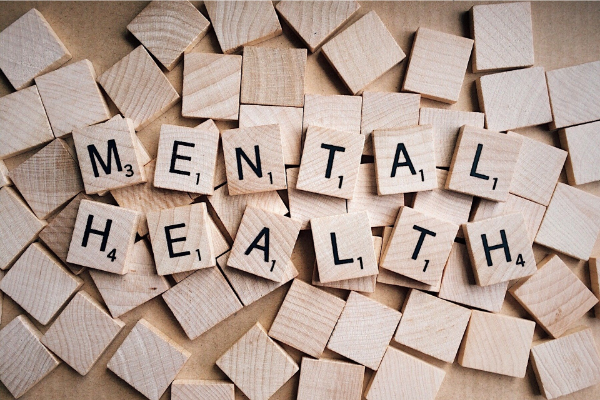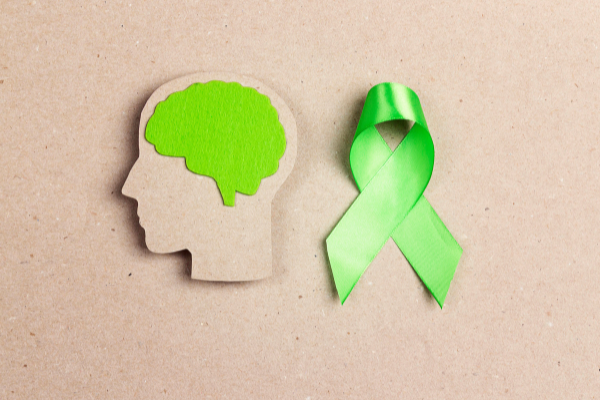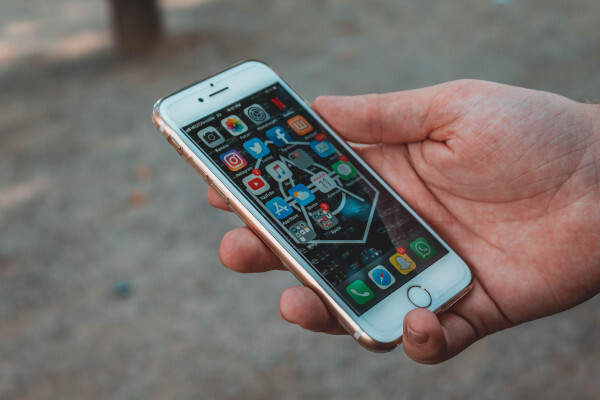Insights
INSIGHTS
All Topics
My Account
Seven ways to avoid digital burnout
19 Jul 2021by Helen Olszowska
As charities do more online, we look at digital burnout and how to avoid it
Go straight to our top seven tips!
In 2019, The World Health Organisation classified burnout as a “syndrome conceptualised as resulting from chronic workplace stress that has not been successfully manage”.
At a time when we are increasingly reliant on digital technologies for all aspects of our lives, digital burnout – burnout caused by over-use of digital technologies – is even more of a risk.
For many of us, pandemic life (work and social) has been accessed via digital devices. We often think and talk about the value of technology for streamlining our lives. However, rather than becoming an exercise in deep and focussed engagement via one or two devices, digital technology during the pandemic has been an exercise in deep distraction.
With every person in our lives clamouring for our attention via devices that are rarely more than a couple of metres away, is it any wonder that we are constantly flitting from conversation to conversation or from task to task? And it’s not sustainable – in a 2021 poll, 75% of adults polled said that they want a break from their digital devices.
In charities there are some roles where disconnecting from devices may be particularly difficult. For example, Social Media Managers, who are expected to be available online during most of their working hours and outside of them.
In her introduction to the Charity Comms Wellbeing Guide for Comms Professionals, Digital Consultant, copywriter, and trainer, Kirsty Marrins writes: “Most organisations don’t recognise that those who manage their social media are on the frontline and are often the first point of contact for someone, whether they’re simply asking for help or support or whether they’re trolling the organisation.”
The coalition of organisations represented by Charities Against Hate say in their Guide to Best Practice: “Moderating social media channels on behalf of an organisation or brand can have a negative impact on people’s mental health and wellbeing.”
But it’s an issue that affects us all to a greater or lesser extent, so how do we recognise when we could be coming close to a digital burnout?
What are the signs of digital burnout?
King’s College released a study in 2019 that showed that 23% of 42,000 young people across a number of studies showed behaviour consistent with addiction in relation to their smartphones.
And let’s be honest, smartphone addiction is an adult problem, too. Checking our phones constantly and increasing our screen time on desktops, laptops, and phones can lead to the physical symptoms of burnout.
Symptoms to look out for include decreased physical energy, loss of motivation, reduced productivity, and a feeling of disconnectedness.
Seven tips to avoid burning out
Be kind to yourself
We are all living through a period of history without precedent. How much you are or aren’t using devices to do the things you need to do should not be a reason to beat yourself up.
Have a digital declutter
It’s so quick and easy to sign up to another newsletter or download another app. Check your inbox and your phone – what could you uninstall or unsubscribe from?
Turn off notifications
Notifications are designed to be irresistible. They are so hard to ignore once you have seen the little red number on your phone or heard that recognisable ping. Go into your settings and switch off notifications so that you can maintain focussed attention.
Schedule time to be connected
Email, social media, and other digital technologies are essential tools for most roles in charities. Scheduling in specific times to use them can really help to avoid the constant flitting between apps and tasks that can lead to overwhelm.
Be strategic
When you are using social media, be strategic about how you use it. Rather than getting lost in the scroll, set up Twitter lists or Instagram collections for the influencers, partner organisations, or other groups that you might want to check in and engage with.
Schedule time to be disconnected
As well as scheduling time to be connected, schedule time to be completely offline and physically distanced from your devices. Leave them in another room when you go to bed, go out for a walk without them or pop them in a drawer during your lunch hour.
Treat yourself to something analog!
Buy a notebook, a diary, a planner, a sketchbook, a bullet journal – something that will allow you to work without a digital device for some section of the day.
Digital tools have granted us previously unthinkable freedoms: the opportunity to create global communities, the ability to work from home (or somewhere with better coffee!), and so on. But we are still learning how to mitigate their negative impacts on others and on ourselves. So follow the above advice and try to ensure balance!
More on this topic
Related Content
Recommended Products
03 Jan 2025by Ioan Marc Jones
Climate change facts you need to know in 2025
03 Jan 2025by Ioan Marc Jones
An A-Z glossary of climate change terms and definitions
Our Events
Charity Digital Academy
Our courses aim, in just three hours, to enhance soft skills and hard skills, boost your knowledge of finance and artificial intelligence, and supercharge your digital capabilities. Check out some of the incredible options by clicking here.






















